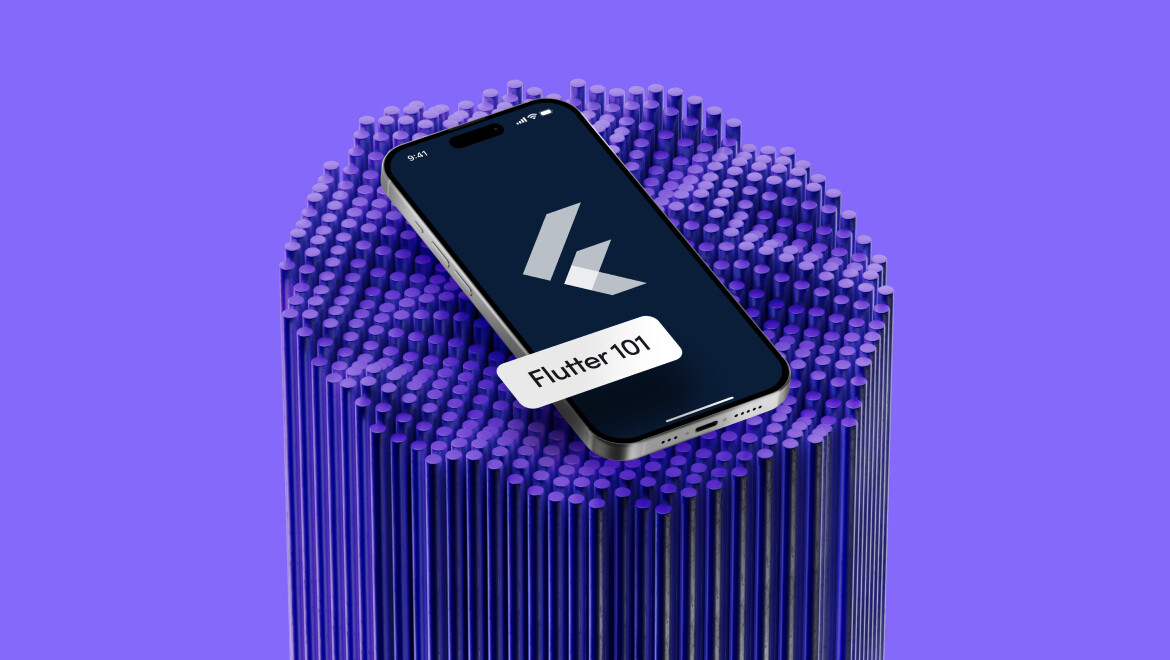

Difference Between Stateless and Stateful Widget in Flutter
Difference Between Stateless and Stateful Widget in Flutter
In Flutter, understanding the difference between stateless and stateful widgets is essential for effectively managing app behavior and performance. Both widgets play a crucial role in building user interfaces, but they have distinct functionalities and use cases that impact how an app responds to user interactions.
Stateless Widgets
A stateless widget in Flutter is immutable, meaning its properties do not change after it’s built. It is ideal for UI elements that don’t require dynamic updates, such as text, icons, or static layouts. Since stateless widgets don't need to track state changes, they offer a more streamlined performance and are easier to maintain.
Key Benefits:
- Efficiency: Stateless widgets consume fewer resources since they don't rebuild when the app state changes.
- Predictability: Because they are immutable, debugging and optimizing the UI built with stateless widgets is simpler.
- Use Case: Ideal for static screens or portions of the app that don’t require interaction or data changes, like splash screens or constant labels.
Stateful Widgets
On the other hand, a stateful widget is mutable, allowing it to rebuild itself in response to user interaction or data changes. This makes stateful widgets crucial for creating dynamic interfaces that adapt based on user input or external data streams.
Key Benefits:
- Flexibility: Stateful widgets are designed for components that need to track changes, such as buttons that respond to user clicks or forms that capture data input.
- Interactivity: Essential for features like real-time data updates, animations, and form validation, making the app more engaging and responsive.
- Use Case: Commonly used in apps that require frequent updates or complex interactions, such as shopping carts, login forms, and social media feeds.
Business Implications
Choosing between stateless and stateful widgets has strategic implications for an app's performance and scalability. Stateless widgets offer better performance and lower maintenance costs for static interfaces. However, stateful widgets are indispensable for creating interactive and user-centric apps that require real-time updates or frequent user interaction.
For businesses, using the right balance between stateless and stateful widgets ensures an optimized app that provides smooth user experiences while being scalable and maintainable over time.In summary, understanding the difference between stateless and stateful widgets in Flutter can significantly affect the overall user experience, performance, and long-term sustainability of a Flutter application development.
